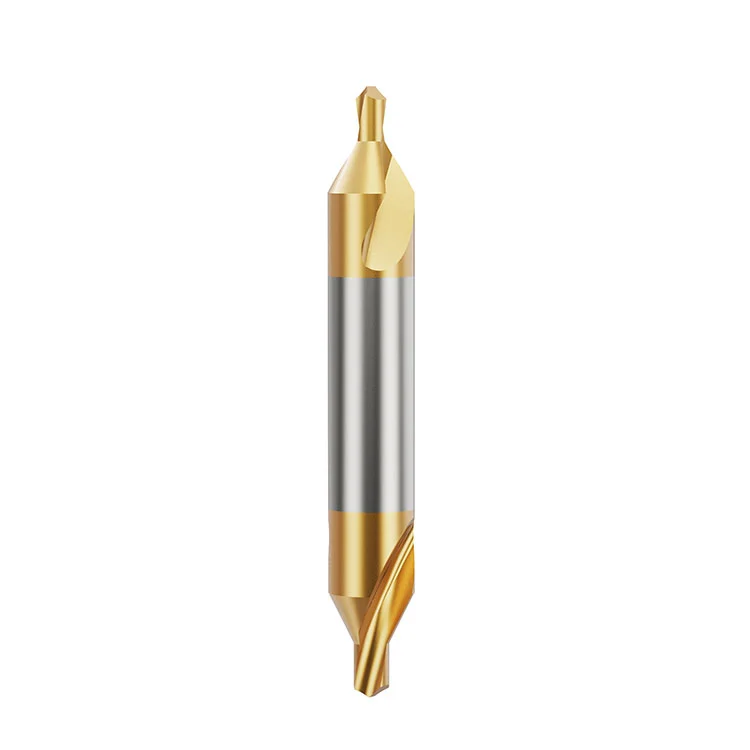Email Us
How Coating Technology Extends the Life of Taps
Coating technology has become an indispensable part of modern cutting tool manufacturing, significantly enhancing the durability and performance of tools, especially in demanding applications. For taps, which are precision tools used to cut internal threads, the application of coating technology is particularly vital. This article will explore the definition and principles of coating technology, how it extends the life of taps, and the differences between coated and uncoated taps in various use cases. We will also examine the advantages and limitations of coating technology.

What is Coating Technology?
Coating technology involves depositing a thin layer of high-performance material onto the surface of a tool through physical or chemical processes. These coatings, typically made of hard, wear-resistant, and chemically stable compounds, usually range from 1 to 5 microns in thickness. Despite their minimal thickness, they significantly enhance tool performance.
Common Coating Materials
1.Titanium Nitride (TiN):
- Features: A gold-colored coating with high hardness and excellent wear resistance.
- Applications: Suitable for machining steel and cast iron.
2.Titanium Aluminum Nitride (TiAlN):
- Features: High heat resistance, suitable for high-temperature machining.
- Applications: Ideal for machining high-strength alloys and heat-resistant materials.
3.Titanium Carbide (TiC):
- Features: Extremely hard with high corrosion resistance.
- Applications: Suitable for high-strength materials in demanding conditions.
4.Diamond-Like Carbon (DLC):
- Features: Extremely low friction coefficient, providing excellent anti-adhesion properties.
- Applications: Perfect for machining sticky materials like aluminum and stainless steel.
Common Coating Processes
1.Physical Vapor Deposition (PVD):
- Principle: Deposits coating material onto the tool surface via evaporation or ion bombardment.
- Advantages: Strong adhesion and suitable for precision tools.
2.Chemical Vapor Deposition (CVD):
- Principle: Forms coatings through chemical reactions at high temperatures.
- Advantages: Produces uniform coating thickness, though high temperatures may affect tool substrates.
3.Thermal Spraying:
- Principle: Sprays coating material onto the tool surface using high-speed jets.
- Advantages: Lower cost, though precision is less than PVD or CVD.

How Coating Technology Extends the Life of Taps
Coating technology significantly enhances the lifespan of taps by addressing key challenges in thread cutting:
1. Enhanced Wear Resistance
Taps endure constant contact with workpiece materials, causing rapid wear. Coatings like TiN and TiAlN, with their high hardness, dramatically improve the wear resistance of taps, reducing edge degradation. For example, in machining high-strength steel, coated taps can last 2–3 times longer than uncoated taps.
2. Reduced Cutting Heat
High temperatures generated during threading can lead to tool softening and deformation. Coatings like TiAlN have low thermal conductivity, effectively insulating the tool substrate from heat. This protection is especially beneficial for high-speed and dry machining, where coolant use is limited.
3. Anti-Adhesion Properties
When machining sticky materials such as aluminum or stainless steel, uncoated taps often experience material adhesion on their surfaces, affecting thread quality. Coatings like DLC, with their ultra-low friction coefficient, minimize adhesion, ensuring better surface quality and extended tool life.
4. Corrosion Resistance
Certain machining environments involve exposure to cutting fluids or reactive materials, which can corrode uncoated taps. Coatings like TiC and TiAlN provide chemical inertness, protecting taps from corrosion and extending their usability.
5. Higher Productivity
Coated taps support higher cutting speeds and feed rates, significantly improving machining efficiency. In high-volume production, this translates to reduced machining time and lower operational costs.
Advantages of Coating Technology
1.Extended Tool Life: Coated taps last 2–3 times longer than uncoated ones, especially in challenging conditions like machining hard materials.
2.Improved Machining Quality: Coatings reduce surface roughness and thermal deformation, leading to higher thread precision.
3.Lower Operational Costs: While coated taps are initially more expensive, their durability and efficiency result in lower overall costs.
4.Versatility: Coating customization allows taps to handle a variety of materials, from high-strength alloys to sticky metals.

Limitations of Coating Technology
1.Higher Initial Cost: Coated taps are 20%–50% more expensive than uncoated ones, posing a higher upfront investment.
2.Risk of Coating Detachment: If the coating adhesion is inadequate, it may peel off during high-stress operations, compromising performance.
3.Limited Effectiveness in Certain Applications: In low-speed machining or soft material processing, the benefits of coatings may not be fully realized.
4.Re-Coating Challenges: Reapplying coatings to used taps can be costly and not always practical for all tools.
Coated vs. Uncoated Taps: A Comparison of Use Cases
1. Hard Material Machining
- Uncoated Taps: Wear out quickly and may fail prematurely.
- Coated Taps: Withstand wear and heat, delivering consistent performance and longer life.
2. High-Speed Cutting
- Uncoated Taps: Struggle with heat dissipation, leading to thermal deformation.
- Coated Taps: Handle high temperatures efficiently, maintaining cutting edge stability.
3. Sticky Material Machining
- Uncoated Taps: Prone to adhesion, reducing thread quality.
- Coated Taps: Resist material buildup, ensuring smoother operations and cleaner threads.
4. Dry Machining
- Uncoated Taps: Require cutting fluids for lubrication and cooling.
- Coated Taps: Perform effectively without coolants, reducing environmental impact and operational costs.
Conclusion
Coating technology revolutionizes the performance of taps by enhancing wear resistance, reducing heat, and improving machining quality. While coated taps come with higher initial costs, their advantages in efficiency, durability, and adaptability make them a superior choice for high-demand applications. As manufacturing evolves, continued innovation in coating materials and processes will further expand the capabilities of taps, ensuring they remain essential tools in precision engineering.

About Us
Contact Us
Area B, Tool and Measuring Instrument Trading Center, Wenling City, Zhejiang Province, China 317599
Copyright © 2025 Saikeiny Tools Co., Ltd. All Rights Reserved.














